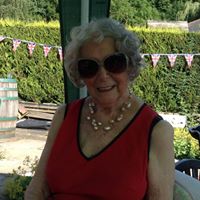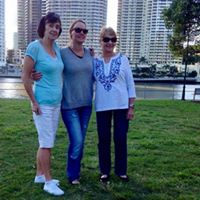An attempt to murder all of the British cabinet ministers and Prime Minister Lord Liverpool in 1820 was called?
At the end of the 18th century and in the first three decades of the19th, Britain was still predominantly agricultural. But society was changing. Rural living was giving way to industrialization and urbanization.
This newly industrialized world produced inflation, food shortages and new patterns of factory employment. A series of riots and industrial unrest occurred. The government responded with a series of repressive measures (including the Combination Acts of 1799), which forbade the gathering of working men with a common purpose.
In 1820 a small group led by Arthur Thistlewood (a prominent radical in London), protested against the harshness of these measures. The group became known as the Cato Street conspirators, named after the street near Edgware Road in London where they last met. The group included a man named William Davidson, who was born in Jamaica. Thistlewood's group aimed to overthrow the government by assassinating the entire Cabinet while they were dining at Lord Harrowby's home in Grosvenor Square.
The authorities received an intelligence report about the conspiracy and stormed the room on Cato Street. Thistlewood killed a policeman in the fracas. After his arrest one of the conspirators (James Ings) described the plan. He would be the first to enter the room at Lord Harrowby's house armed with a pair of pistols, grenades and a knife. He intended to behead every member of the Cabinet, then take away the heads of Lords Castlereagh and Sidmouth in bags to display them on spikes on Westminster Bridge.
More Info:
www.nationalarchives.gov.uk








